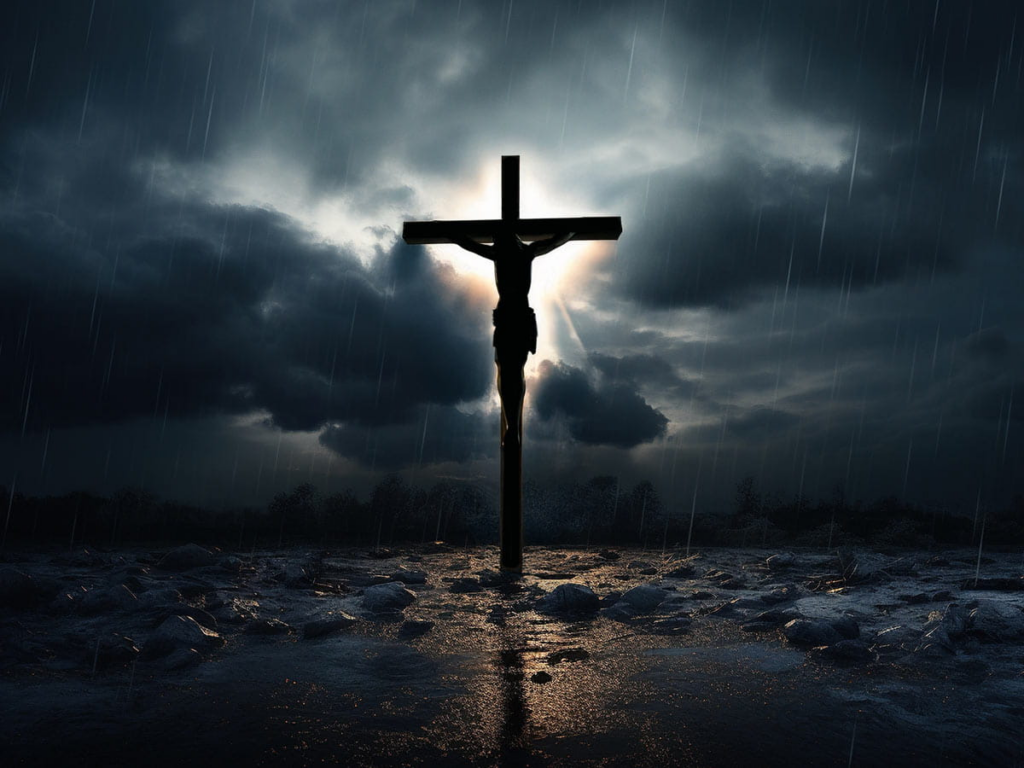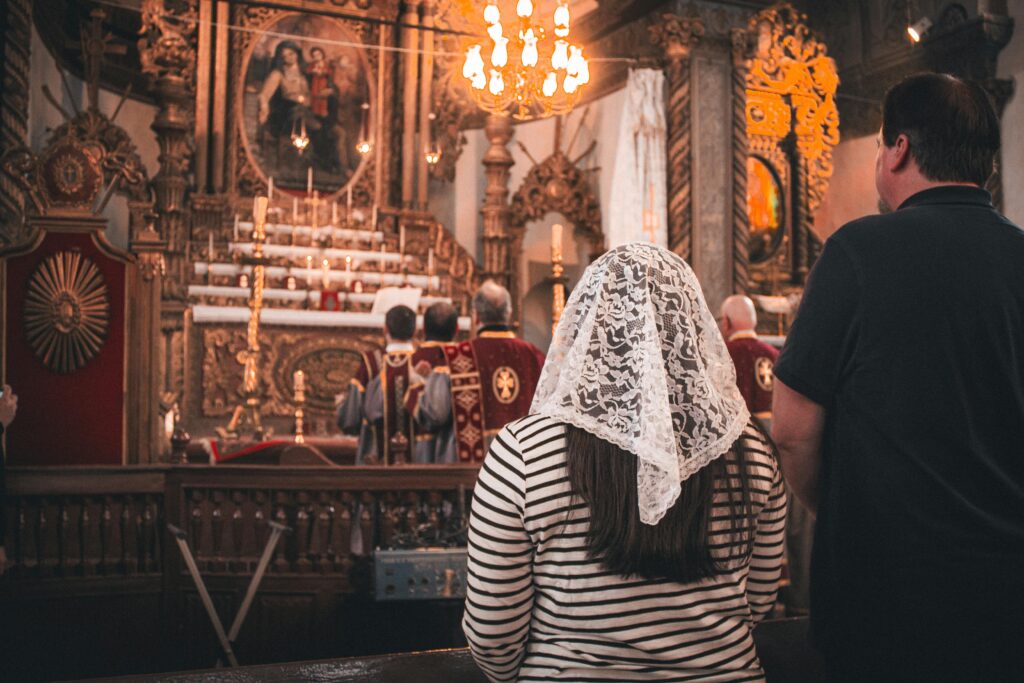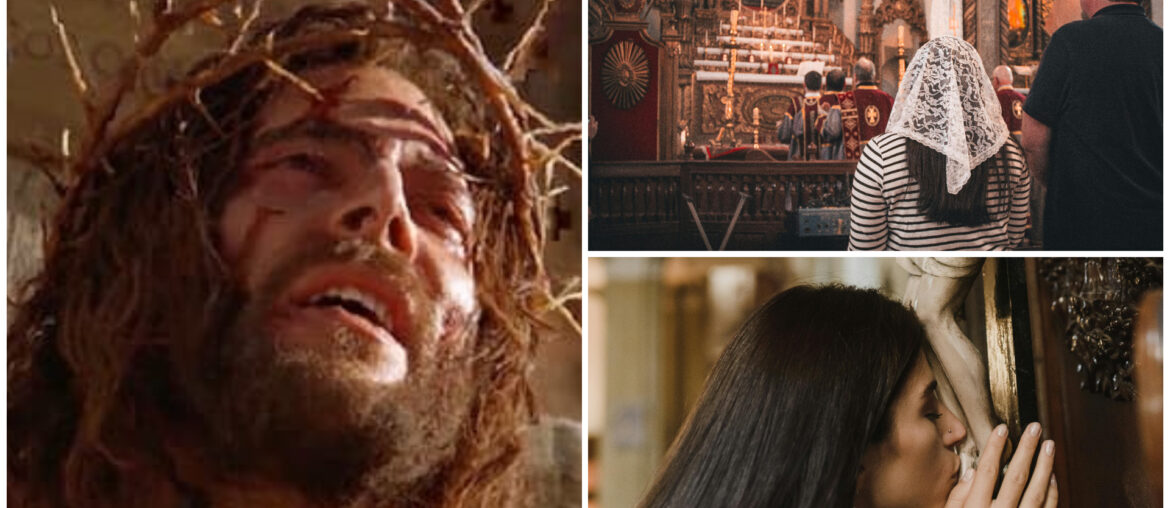“Various Spanish terms have emerged to express the solemnity, passion, and mystery of Christ’s final days.”

Have you ever wondered what these terms mean? During Holy Week, we often hear words and phrases that we may not fully understand—terms like Siete Palabras and Santo Entierro. In this article, we’ll explore the meanings and origins of these terms.
The Origins of the Terms Used During the Lenten Season
Most of the terms used during Holy Week are Spanish in origin. The Spanish language has significantly influenced the liturgical vocabulary of Holy Week observances—not only in Spain but also in many Hispanic-influenced cultures, such as those in Latin America and the Philippines.
Tinieblas

Tinieblas is a Spanish word meaning “darkness.” It refers to a solemn religious observance symbolizing the sorrow and suffering of Christ before His crucifixion. Tenebrae is a traditional Christian service held during the last three days of Holy Week. During the service, candles are gradually extinguished or hidden to represent the absence of the light of Christ.
Pasus Procession

The Pasus Procession is another traditional Holy Week observance. This procession features religious images or tableaux depicting the Passion of Christ, from the Last Supper to His Crucifixion and burial. The term Pasus comes from the Spanish word paso, which means “step” or “passage.” The procession takes place on Good Friday and is accompanied by solemn prayers and hymns.
Siete Palabras

The Seven Last Words or Siete Palabras is a significant part of Holy Week, especially on Good Friday. These are the seven final phrases spoken by Jesus on the cross, as recorded in the Gospels. They are reflected upon and meditated during a special service or Mass in many Christian traditions, especially in the Philippines.
- “Father, forgive them, for they do not know what they are doing.” (Luke 23:34)
- “Truly I tell you, today you will be with me in paradise.” (Luke 23:43)
- “Woman, here is your son.” (John 19:26–27)
- “My God, my God, why have you forsaken me?” (Matthew 27:46; Mark 15:34)
- “I am thirsty.” (John 19:28)
- “It is finished.” (John 19:30)
- “Father, into your hands I commit my spirit.” (Luke 23:46)
Santo Entierro
Santo Entierro, or “The Holy Burial,” is a Good Friday ceremony where the dead figure of Christ is paraded through the streets. It represents His burial after His death on the cross. The image of Christ is usually placed in a glass casket, carried or pushed on a bier in a funeral-style procession. After the procession, Christ’s body is laid in the tomb.

Soledad Procession
The Soledad Procession, or “Procession of Solitude,” is a solemn observance that honors Our Lady of Solitude. It focuses on Mary’s grief as she mourns her Son’s suffering and death. Often held on Good Friday, this procession is a powerful expression of mourning and reflection.
Mater Dolorosa

Mater Dolorosa, or “The Sorrowful Mother,” refers to the Virgin Mary mourning the death of her Son, Jesus Christ. The image is a powerful symbol of maternal grief, contemplation, and spiritual strength. It represents sorrow, enlightenment, reconciliation, and the redemptive nature of Christ’s sacrifice, as well as the promise of forgiveness and eternal life.
Cristo Resucitado

Cristo Resucitado, meaning “Christ is Risen” or “Christ is Resurrected,” celebrates Jesus’ resurrection from the dead. This event is commemorated on Easter Sunday and symbolizes hope, renewal, and the promise of eternal life for believers.
We hope this has helped you understand the meanings and origins of some of the terms used during these sacred and holy days of Holy Week.



Comments are closed.